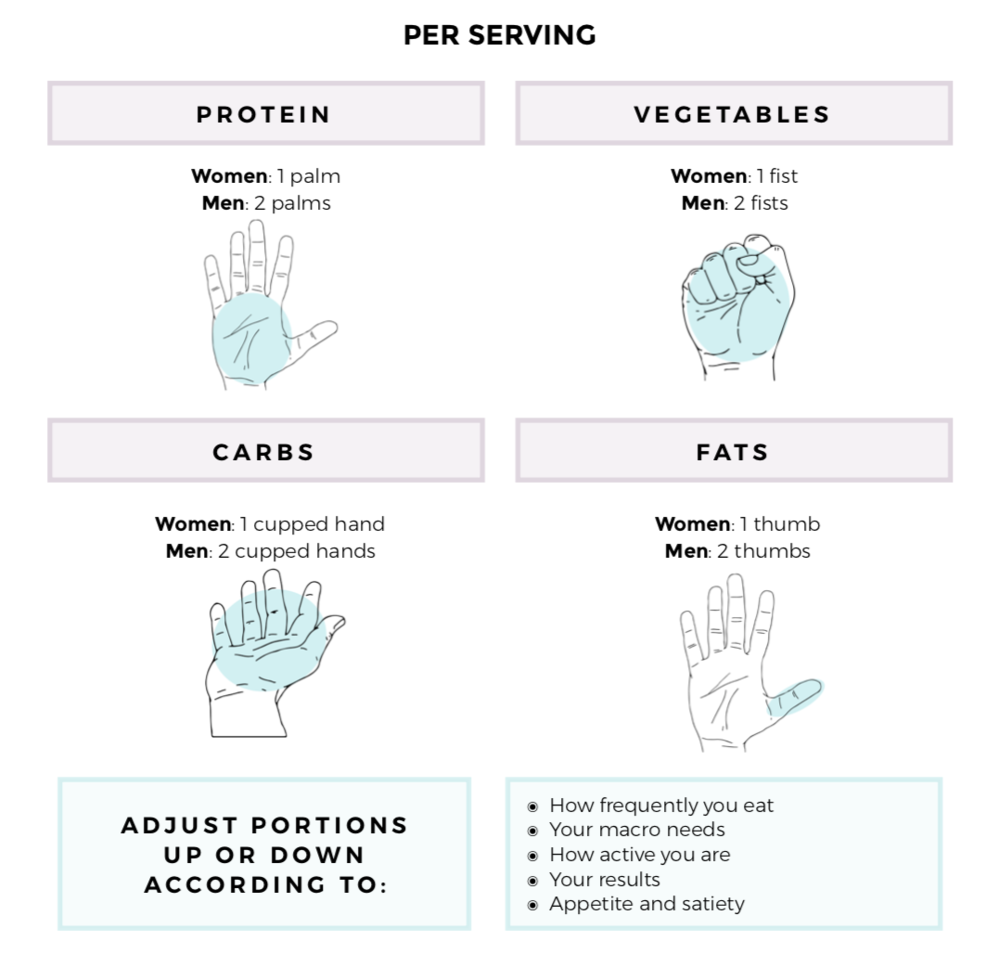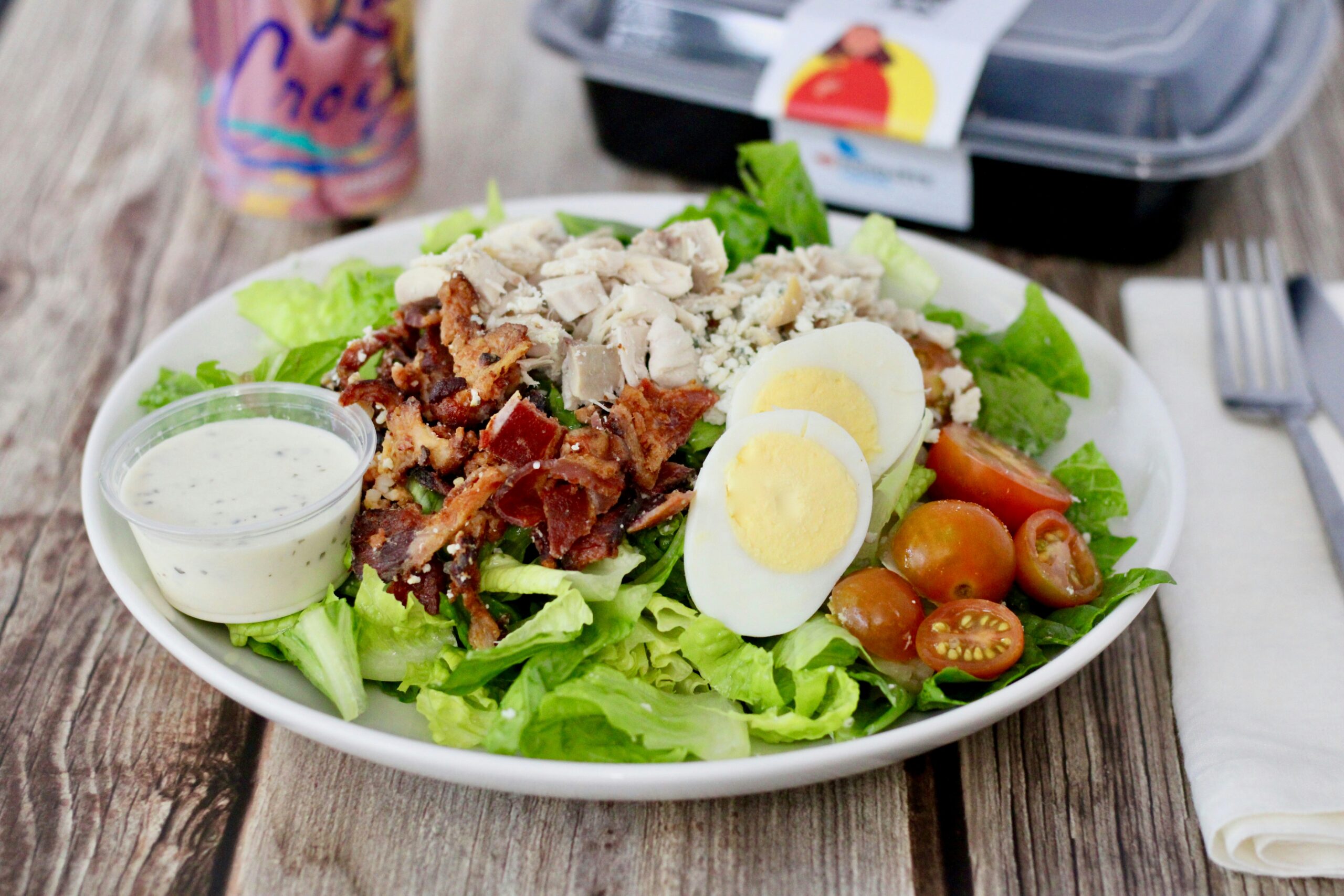Today, I want to talk about the importance of consuming enough protein throughout the Faster Way to Fat Loss program. We must consume enough protein if we are hoping to see body composition changes. You can workout out all day long or participate in Intermittent Fasting on a daily basis, but if you’re not consuming enough protein, you won’t be able to build lean muscle, which means we will not be able to optimize/maximize your metabolism .
Consume enough > develop muscle > max metabolism.
Why do we need protein?
- Proteins are the building blocks of life. We are essentially made up of protein.
- Protein is used to build and repair tissues
- Protein is a building block of muscle, bone, skin, cartilage and blood.
- Protein the only macronutrient that will INCREASE our metabolism when we eat it. Protein = lean muscle = max metabolism
- Keep us full/satisfied for longer
- Protect or preserve lean muscle when fuel reserves are low, as well as build and maintain lean muscle mass when fuel reserves are high
- We also need protein to heal & it plays a role in immune function
- Protein plays an essential role in making enzymes that break down the food we eat, making hormones, providing structure to hair, skin and nails, as well as several hundred more functions.
Sources:
Protein is found in: all meat, poultry, fish, seafood, eggs, plant-based products like peas, beans, and lentils, and in trace amounts in whole grains, nuts and seeds.
Vegan/vegetarians may need to get a little more creative.
When clients register for the Faster Way with me as their coach- I tend to give them ALL the things. For example, a FWTFL guide with a lot of great tips for tracking, meal inspirations and more, Graphics for you to save to your mobile device to help making decisions on the fly a bit easier and of course our app is also loaded with so much valuable information!

If you are already a FWTFL client, here are some of my top tips.
- Pre log your macros for the next day in your diary ahead of time at least 2 days this week. Pre-log protein first so you are more likely to hit that goal!
- Expand the eating window by 1-2 hours to accommodate an extra meal.
- It is important to consume protein at every meal. So about 25-35g of protein at each meal. When I plan out my meals, I start with protein first.
- Checkpoint macros. It’s easier to think about what 20-ish grams of protein looks like, 10-15 grams of fat and 30-40 g of carbohydrates looks like vs. daily macro targets.
- Keep a list of household “manipulatable” meals that can be eaten in a “high carb” or “low carb” version. Ex: Low Carb meal- stir fry (cauliflower rice/brown rice), omelette egg whites/whole eggs. Regular Macro meal – same as low carb , but add hash browns or sweet potato.
How to Increase your protein intake:
- Add one ounce to each portion of meat, fish, poultry or seafood that you typically have. Instead of a 3 ounce portion, have a 4 ounce portion
- Add a high protein snack between meals such as dried meat sticks, jerky, tuna salad, hard boiled eggs, turkey roll ups, protein powder, high protein bars, bone broth, energy bites, hummus & veggies, Chia pudding, edamame, egg muffins, overnight oats
- Double your portion of meat, fish, poultry or seafood at restaurants when you can.
- Adding egg whites to eggs
- If you don’t like meat, you’ll need to add a protein shake. Also, focusing on adding more veggies, oatmeal, quinoa, edamame, tofu beans, nuts & seeds. Lentils have 18g protein/cup!
- Break your fast with a meal that contains at least a third of your protein needs for the day.
- Instead of eating a protein shake or bar by itself, make a meal by blending fat and carbohydrate containing foods (avocado, spinach, bananas, etc) with it, or pairing whole food with it.
- Swap one low protein food for a high protein version. For example, swap regular version for high protein versions of pasta, wraps, cereal and/or bread.
- Tracking. Scan the barcode of the product to find the most accurate entry to log. Instead of typing in the brand name or food product and scrolling through (potentially) a couple hundred entries, simply scan barcode. My Fitness Pal has an incredibly large food library because it allows users to upload nutrition information for any item. This means there can be a lot of human error in the library. Scanning the barcode of the food eliminates this error and quickly returns the most accurate entry for the food item. Use the “recent” or “frequent” foods tab to use the same entries over and over again. You probably shop for the same brands and eat the same 10-15 foods every week. Make things easier by referencing these foods that appear in the “recent” or “frequent” tabs.
Measure Accurately
- Cooked/raw. Be consistent. 4oz of cooked chicken breast is about 35g protein. Having one serving at each meal can get you to your goals. Contrary to what your brain wants to tell you, 4oz of cooked meat isn’t a big serving! Choose verified entries in MFP4oz cooked chicken = 5.3oz raw chicken = 46g protein!4oz cooked ground beef=5.3oz raw = 30g protein
- Track Accurately. You need to take the weight of cooked meat & divide it by .75 to get the weight of raw. 4oz cooked meat= 5.3oz raw 4 oz chicken = 35 grams protein
I hope some of these tips have been helpful to you all! Remember, if you would like some more help getting your nutrition on track- I have another round of the Faster Way starting soon!

LEAVE A COMMENT
Comments